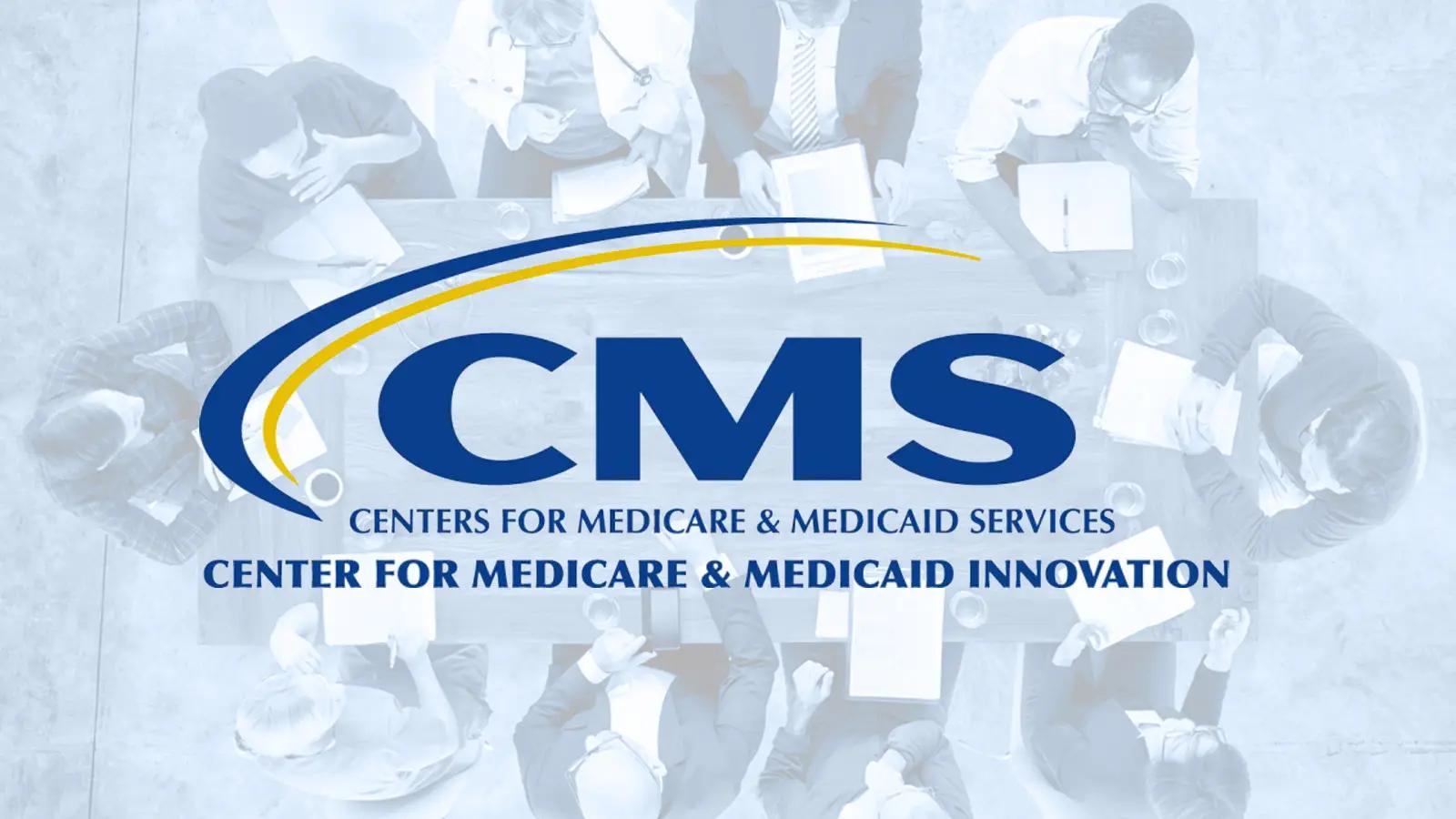Article
Deciphering Heterogeneity: Using Clinical Diversity to Improve Drug Therapy Decision Making
During a preconference session at the Academy of Managed Care Pharmacy (AMCP) 2012 Educational Conference in Cincinnati, Ohio, industry experts met to discuss the ways in which heterogeneity shapes therapeutic decisions, patient outcomes, and coverage policies.
During a preconference session at the Academy of Managed Care Pharmacy (AMCP) 2012 Educational Conference in Cincinnati, Ohio, industry experts met to discuss the ways in which heterogeneity shapes therapeutic decisions, patient outcomes, and coverage policies.
Clinical diversity among patients often poses significant challenges when evaluating outcomes in comparative effectiveness research (CER) studies. Understanding the diversity of the participants, interventions, and outcomes of a study is critical to helping health plans better evaluate treatment effects and transform research findings into informed policy and healthcare decisions.
One featured satellite symposium at the Academy of Managed Care Pharmacy (AMCP) 2012 Educational Conference, “The Good, the Bad, and the Different: Deciphering Heterogeneity,” included the following panel of key opinion leaders: Dan Malone, RPh, PhD, professor of pharmacy and director of pharmaceutical policy at the Center for Health Outcomes and PharmacoEconomic Research (HOPE Center) at the University of Arizona College of Pharmacy; Penny Mohr, MA, vice president of program development at the Center for Medical Technology Policy; Lisa Hines, PharmD, clinical research pharmacist at the Center for Health Outcomes and PharmacoEconomic Research (HOPE Center) at the University of Arizona College of Pharmacy; and J. Russell Teagarden, RPh, DMH, vice president of scientific affairs in Advanced Clinical Research and Science at Express Scripts.
Ms Mohr’s presentation focused on treatment heterogeneity and the problems researchers face as decision makers. The current state of evidence, she noted, is insufficient for policy making. Despite the fact that the National Institutes for Heath spends over $30 billion on trials, and that there are more than 18,000 randomized controlled trials published each year, systematic reviews intended to inform health policy decisions routinely conclude that current evidence is inadequate. To improve the evidence, Ms Mohr maintains that common gaps in research design, such as highly selected research subjects, atypical care settings, missing or incorrect comparators, and physiologic or surrogate outcomes, must be addressed. Ms Mohr asserts that some subgroups of patients don’t see normal distribution in treatment effect, and that CER studies “should be designed as explorations of heterogeneity of treatment effect rather than as evaluations of average treatment effect.” By conducting tailored comparative effectiveness research and patient-centered outcomes research, scientists will be better equipped to collect meaningful data.
Dr Malone, a drug interactions specialist, also tackled issues surrounding the “average patient.” He outlined the types of heterogeneity that can occur in CER, including differences across patient populations, within patients, within studies, and across studies. He emphasized the importance of looking at the risk factors that predict therapy and outcomes, stressing that each factor is not independent and may overlap with other factors, making the assessment of treatment effect increasingly difficult. He noted that the use of funnel plots can indicate heterogeneity, publication bias, or chance. Lastly, Dr Malone highlighted the ways in which forest plots, I2, or Cochran’s Q tests can be used to determine the presence of heterogeneity. Following Dr Malone’s discussion, Dr Hines presented case studies of examples of heterogeneity and listed the various ways to decipher the level of heterogeneity within a study.
To conclude the session, Dr Teagarden described how heterogeneity matters in the management of health plans, particularly in regard to prescription drug coverage. He pointed out that heterogeneity in patient responses and plan approaches have the potential to place individuals outside of coverage limits and can affect individual drug coverage, coverage of indications, use considerations, and drug category coverage within the health plan. Variability and heterogeneity could influence what a health plan considers an essential health benefit and could influence how the payer makes coverage policy decisions. According to Dr Teagarden, “Coverage limits and heterogeneity require approaches that balance individual needs and obligations imposed on populations to meet those needs.”
Newsletter
Stay ahead of policy, cost, and value—subscribe to AJMC for expert insights at the intersection of clinical care and health economics.





